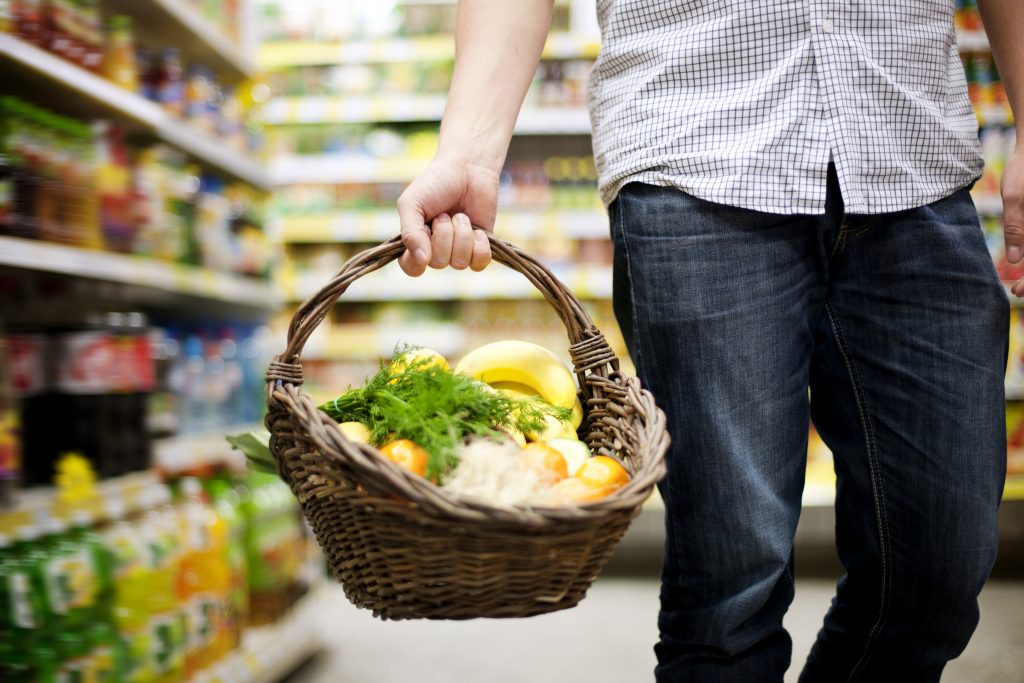
Global inflation has hit all of us hard. In fact, when the pandemic began, there was a downward trend. However, since late 2020, prices have surged. The average global cost of living has risen more in the 18 months since the start of 2021 than it did during the preceding five years combined. Rapid increases in food prices have been one of the main drivers of quickening inflation around the world.
What are Food Components of Retail Inflation?
Retail inflation tracks the price levels of goods at a consumer level. It is used to calculate the change in price levels of goods and services consumed by households. The various food components of CPI include vegetables, oils & fats, fruits, pulses and meat and fish. It is to be noted that since the start of last year, the average contributions just from food exceed the overall average rate of inflation during 2016-2020. In other words, food inflation alone has eroded global living standards at the same rate as inflation of all consumption did in the five years immediately before the pandemic.
How does this impact our daily life?
Though situations tend to be different country to country, it is important to keep food inflation under check for overall inflation to ease out. An easing out of inflation can make life easier for all. With inflation overtaking global economy growth, prices can rise leading to drop in living standards. In such a scenario, taming inflation should be the priority for policymakers.
The thrust must be policies that help reduce prices while keeping standards healthy. Market dynamics have changed, hence, policies like private labelling and sustainability in production can benefit all. Panicle Worldwide believes in using sustainable methods to produce food products, whether it be for internal consumption or exports. We are among the leaders in India when it comes to export of Peanut Butter and Rice. We also deal with Private labelling of Peanut butter.
